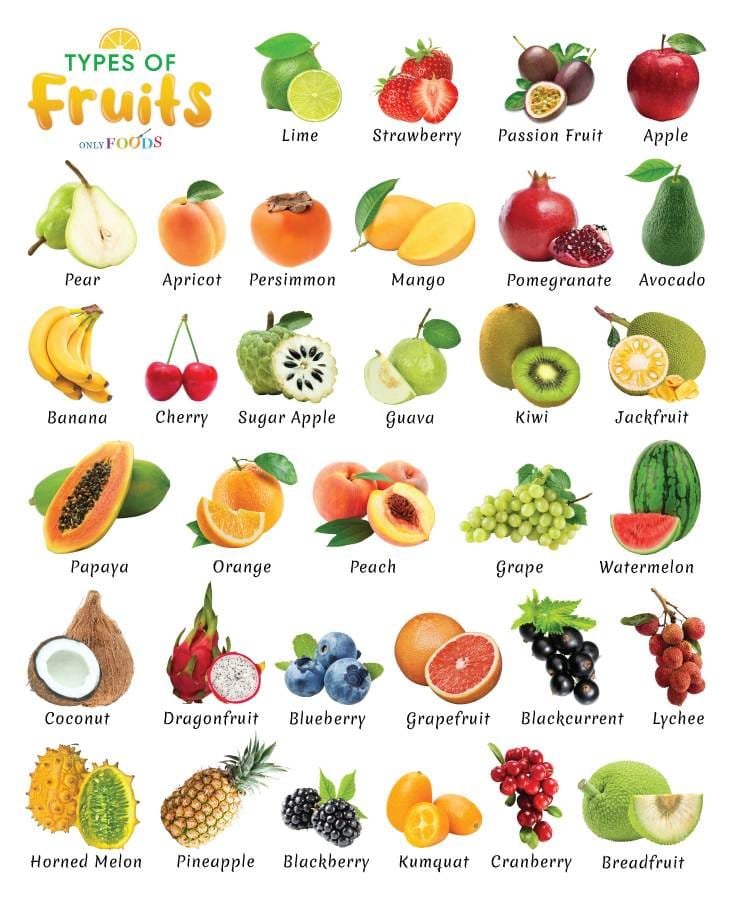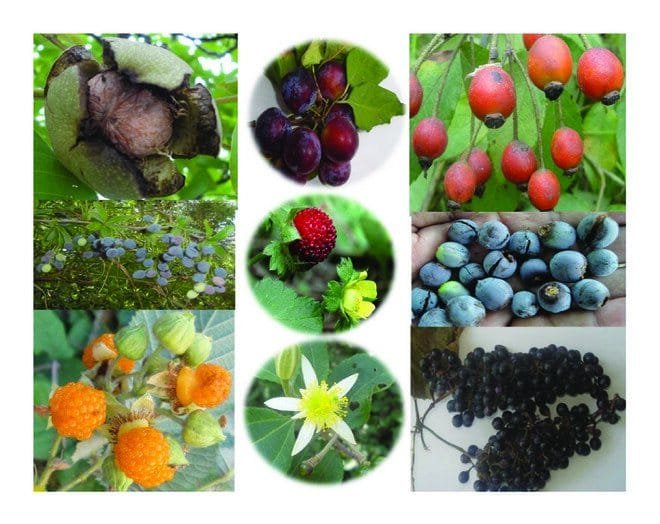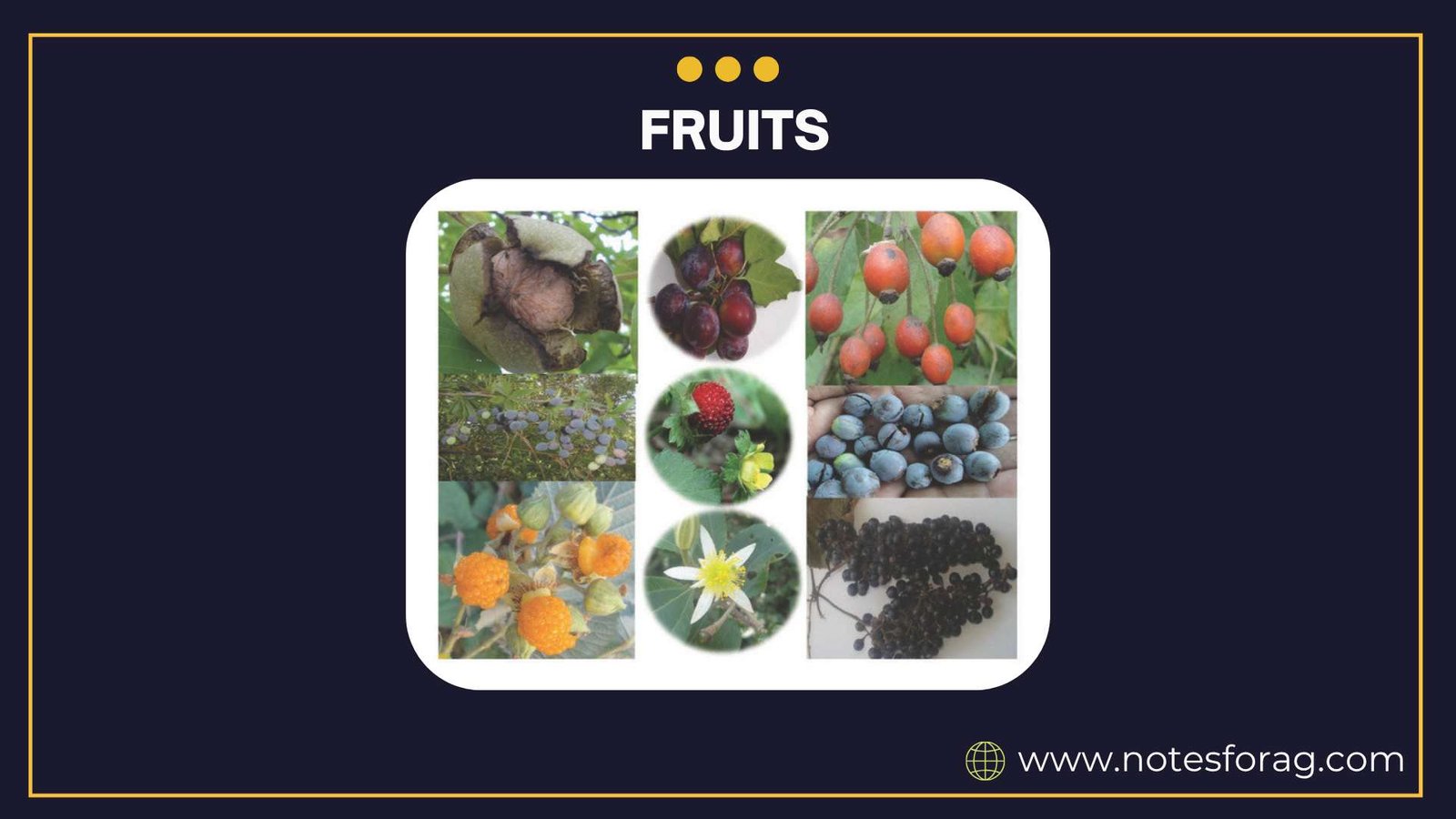INTRODUCTION
The morphology of fruits in angiosperms is a vital bratsnch of botany that deals with the external structure, classification, and developmental biology of fruit. Fruit are the mature, ripened ovaries of flowering plants that contain seeds, and their primary role is to protect these seeds and aid in their dispersal. A clear understanding of fruit morphology is essential not only for plant taxonomy and identification but also for enhancing crop breeding, agricultural productivity, and biodiversity conservation. The structure and form of fruit are immensely diverse across angiosperms, reflecting the wide range of environments they inhabit and the reproductive strategies they employ.
SUMMARY OF FRUITS
- Fruits are matured ovaries of flowering plants that protect and help in the dispersal of seeds.
- They are classified into simple, aggregate, and multiple fruits, each with distinct structures and development.
- Understanding fruit morphology is essential in botany, agriculture, medicine, and contributes significantly to the economy.
Table of Contents
WHAT IS A FRUIT?
A fruit is defined as the mature ovary of a flowering plant, usually containing one or more seeds. After fertilization, the ovary begins to grow and develop into a fruit, which encompasses not only the ovary but sometimes other floral parts such as the receptacle or floral tube. Fruits are important structures in angiosperms, serving to protect the developing seeds from environmental hazards and animals while also enabling their dispersal across various habitats. Depending on their development, fruits may be fleshy or dry, simple or complex, and may include additional floral parts, giving rise to many forms and variations.
TYPES OF FRUITS

Fruit are broadly classified into three categories based on their origin and developmental complexity: simple fruit, aggregate fruit, and multiple fruit. Each type has unique morphological traits and plays a specific ecological role in plant reproduction.
1. SIMPLE FRUIT
Simple fruit are formed from a single ovary of a single flower. They can be either dry or fleshy depending on the texture of the pericarp (fruit wall) at maturity.
A. DRY FRUIT
Dry fruit have a hardened, non-fleshy pericarp when fully mature. These are further divided into two types based on whether they open to release seeds or remain closed.
i. DEHISCENT FRUIT
These dry fruit split open at maturity to release their seeds.
- Legume: This fruit develops from a single carpel and splits along both dorsal and ventral sutures. Common examples include pea, bean, and lentil. The two longitudinal openings help in seed release, and legumes are often characteristic of the Fabaceae family.
- Capsule: Formed from a compound ovary, capsules open in various ways such as longitudinally, through pores, or by transverse dehiscence. Examples include cotton, datura, and poppy. Capsules often contain multiple seeds and are widely seen across dicot plants.
- Follicle: Derived from a single carpel, it splits along one suture only. Examples are larkspur and calotropis. Follicles may appear in groups, forming aggregate fruit in some species.
ii. INDEHISCENT FRUIT
These dry fruits do not open at maturity. The seed remains enclosed within the fruit.
- Achene: A small, dry, one-seeded fruit where the seed lies free within the pericarp. An example is the sunflower. Achenes are common in the Asteraceae family.
- Caryopsis: Found in grasses like wheat and rice, the seed is completely fused with the fruit wall. It is typical of cereals and is the primary food source worldwide.
- Nut: A hard, woody, one-seeded fruit with a thick pericarp, such as in oak and chestnut. Nuts are larger than achenes and often enclosed in a cup-like involucre.
B. FLESHY FRUIT
These fruit have a soft and succulent pericarp at maturity and are usually edible.
- Drupe: Also known as stone fruit, these have a single seed enclosed within a hard endocarp or stone. The outer pericarp layers (epicarp and mesocarp) are fleshy. Examples include mango, coconut, and cherry.
- Berry: In this type, the entire pericarp is fleshy and often contains multiple seeds. Berries are common in plants like tomato, grape, and guava. The outer skin is usually soft, and all three layers of the pericarp are edible.
- Pome: These fruit develop from an inferior ovary, and the edible portion is primarily formed from the receptacle. The true fruit lies within the core. Examples include apple and pear. Pomes are characteristic of the Rosaceae family.
2. AGGREGATE FRUIT
Aggregate fruit originate from a single flower that contains multiple free carpels. Each carpel develops into a small fruitlet, and all fruitlets are attached to a single common receptacle. These small fruits may be follicles, achenes, or drupes. Examples include strawberry, raspberry, and blackberry. In strawberries, for example, the tiny achenes seen on the surface are the actual fruits, while the fleshy part is an enlarged receptacle.
3. MULTIPLE FRUIT
Multiple fruit are formed from an entire inflorescence (cluster of flowers), where each flower contributes to the formation of a single large fruit. As the individual fruits develop, they fuse together to form a compact mass. Common examples are pineapple, jackfruit, and fig. These fruits show cooperative development among flowers in the inflorescence and are often large, attractive, and rich in nutrients.
PARTS OF A FRUIT
1. PERICARP
The pericarp is the wall of the ovary that becomes the wall of the fruit. It has three distinguishable layers:
- Epicarp: This is the outermost layer, also referred to as the skin. It may be smooth, hairy, waxy, or tough, depending on the fruit type.
- Mesocarp: The middle layer, usually fleshy and edible, as seen in mango and peach. It provides the bulk of the fruit’s mass.
- Endocarp: The innermost layer, which can be either hard, as in mango and coconut (forming the stone), or soft, as in tomato and grape.
2. SEED
Seeds develop from ovules and are housed within the fruit. They contain the embryo, stored food, and a protective coat. Their number, size, and arrangement vary widely between fruit types.
3. ACCESSORY STRUCTURES
In many fruits, structures apart from the ovary also contribute to the final fruit. These are known as accessory fruits. For example, in apples, the edible portion is mainly derived from the receptacle, making it a pome.
FUNCTIONS OF FRUIT
1. PROTECTION OF SEEDS
Fruits encase the seeds, shielding them from physical injury, predators, and environmental conditions such as desiccation. The thick walls and specialized structures ensure the safe development of seeds.
2. AID IN SEED DISPERSAL
Fruits play a central role in seed dispersal through various agents like animals, wind, and water. Fleshy fruits attract animals, which consume them and excrete seeds at different locations, aiding in plant spread.
3. STORAGE OF NUTRIENTS
Many fruits store energy-rich compounds that not only nourish the developing embryo but also provide food for animals and humans. These nutrients include sugars, oils, vitamins, and minerals.
4. REPRODUCTIVE SUCCESS
By offering protection and assisting in dispersal, fruits increase the reproductive success of angiosperms. The development of attractive, nutritious fruits ensures that seeds are carried far from the parent plant, reducing competition.
ECONOMIC IMPORTANCE OF FRUIT
1. FOOD SOURCE
Fruits form a staple part of the human diet. They are rich in essential nutrients such as carbohydrates, fiber, vitamins (especially vitamin C and A), and minerals. Examples include banana, apple, mango, and citrus fruits.
2. INDUSTRIAL USE
Fruits are used in the preparation of commercial products such as jams, juices, sauces, oils, cosmetics, and alcoholic beverages. Grapes are processed into wine; olives are pressed for oil; citrus peels are used in fragrances.
3. MEDICINAL USE

Many fruits are valued for their medicinal properties. For instance, amla is a powerful antioxidant and immune booster; pomegranate has anti-inflammatory properties; and papaya is known for aiding digestion.
4. ECONOMIC REVENUE
Fruit farming and export play a significant role in the economy of many countries. They generate employment, promote agri-tourism, and contribute to GDP through local and international trade.
CONCLUSION
The morphology of fruits in angiosperms illustrates the diverse adaptations that plants have developed for reproduction and survival. From the dry dehiscent pods of legumes to the juicy berries of grapes and the compound fruits of pineapples, each fruit type offers unique structural features aligned with its ecological purpose. A deep understanding of fruit morphology is essential in plant systematics, agriculture, nutrition, and even medicine. As one of nature’s most vital innovations, fruits not only ensure the continuation of plant species but also support entire food chains, economies, and human well-being. Thus, exploring the structure and function of fruits is key to appreciating the complexity and utility of the plant kingdom.
Frequently Asked Questions (FAQs)
What is the morphology of fruit in angiosperms?
The morphology of fruit in angiosperms refers to the study of the structure, form, and classification of fruits, which develop from the ovary of a flower and contain seeds.
What are the main types of fruits in angiosperms?
Angiosperms produce three main types of fruits: simple fruits (from a single ovary), aggregate fruits (from multiple ovaries of one flower), and multiple fruits (from an inflorescence).
What is the function of fruit in plants?
Fruits protect the developing seeds, support seed dispersal through various mechanisms, and sometimes provide nourishment to both seeds and animals that aid in dispersal.
How are simple and aggregate fruits different?
Simple fruits develop from a single ovary, while aggregate fruits form from multiple free carpels of a single flower, each forming an individual fruitlet on a common receptacle.
Related Articles

